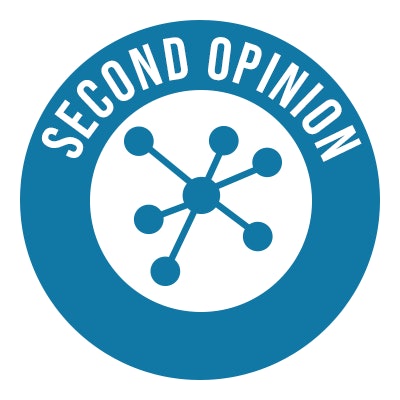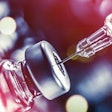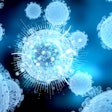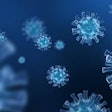
As the COVID-19 pandemic rolls with equal ferocity across big cities and rural communities, clinical laboratory professionals have stepped front and center onto the healthcare stage. In my view, we will stay in our newfound spotlight not only as the country grapples with this unprecedented public health crisis but also as it prepares as never before for future outbreaks.
 David Grenache, PhD, president-elect of the AACC.
David Grenache, PhD, president-elect of the AACC.The SARS-CoV-2 testing bottleneck -- though now slowly opening -- has dramatically underscored just how crucial diagnostic testing is to individual and public health. Not knowing quickly and accurately who has been infected with the virus has complicated care for patients suspected of having COVID-19 illness and hamstrung public health attempts to control and contain the virus's spread. This knowledge also will be crucial as the country grapples with reopening the economy.
Since the early days of the virus's appearance, clinical laboratory professionals have been on the front lines of developing diagnostic tests, seeking emergency use authorizations (EUAs) from the U.S. Food and Drug Administration (FDA), and rapidly implementing lab-developed tests and IVD tests. We also have worked tirelessly to boost testing capacity despite ongoing challenges with supplies of test kits, swabs, reagents, viral transport media, instruments, and other materials.
In addition, my colleagues around the country have shuffled and stretched staff resources to keep molecular testing labs open longer and crank out tests as expeditiously -- and as accurately and reliably -- as possible.
Through these challenges, our medical colleagues and even the public at large have come to appreciate that molecular tests for a novel coronavirus are not plug-and-play magic boxes that simply churn out results with the press of a button.
Now, as questions swirl about how best to relax social distancing, we find our expertise again in high demand. Serological tests to assess immune response to SARS-CoV-2 infection could be key to this process. Once barely a blip on the screen outside of labs, the parlance of our everyday practice -- sensitivity, specificity, positive predictive value, negative predictive value, false positive, false negative, qualitative, quantitative, validation -- now strobe-flashes to government officials, healthcare providers, and even the public.
The American Association for Clinical Chemistry's (AACC) online community, AACC Artery, has been crackling briskly with discussions on these topics as clinical laboratory professionals start to confront a mountain of questions related to serology. To enable participation by the clinical lab community at large, a special SARS-CoV-2 open access discussion forum has been created on the Artery. The association also has created a coronavirus resource page for lab professionals, and we encourage labs offering SARS-CoV-2 tests to enter themselves in the AACC's COVID-19 testing directories, to assist U.S.- and non-U.S.-based healthcare professionals in linking their patients to test sites.
Our insights and contributions, perhaps not fully appreciated in the past, now are ever more essential. As one of my colleagues observed on the Artery, "One of the best parts of this crisis is how closely we are working together as multidisciplinary teams. We talk regularly with our colleagues in infectious diseases, logistics, admin, nursing, facilities, etc. to keep everything working."
Keeping everything working. The outsized role of diagnostic testing in the COVID-19 pandemic demands that we do this and more. Our value as dedicated and trustworthy designers and operators of crucial tests and as knowledgeable and confident clinical collaborators is secured.
David Grenache, PhD, is president-elect of the AACC and chief scientific officer of Tricore Reference Laboratories in Albuquerque, NM.
The comments and observations expressed are those of the author and do not necessarily reflect the opinions of LabPulse.com.



















